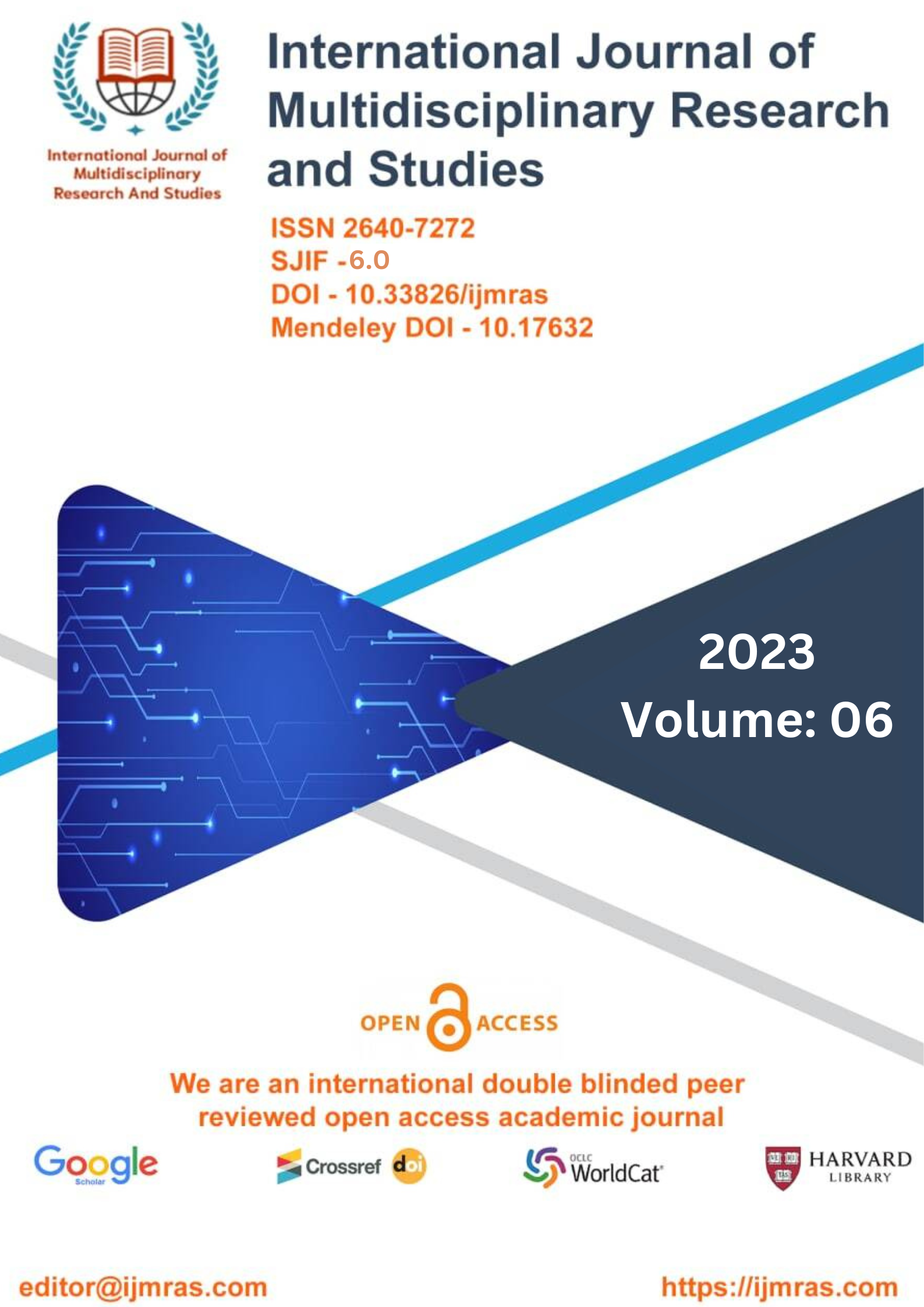


Religious tourism is a growing industry, among others indicated by the high-demand Islamic religious tourism in Java, Indonesia. The Islamic religious tourism sector typically has a unique architectural design. The research aims to identify the synthesis of local value and Islamic value in the current Islamic religious architectural building in the tourism sector practice. The study will apply an analytical descriptive research method with a quantitative systematic literature review and 15 precedent reviews. The result indicates that the synthesis of Javanese and Islamic architecture values is dominated by Javanese values. Result criteria can be developed to be a guideline for the benefit of developing religious tourism building design concept

This work is licensed under a Creative Commons Attribution 4.0 International License.
You may also start an advanced similarity search for this article.